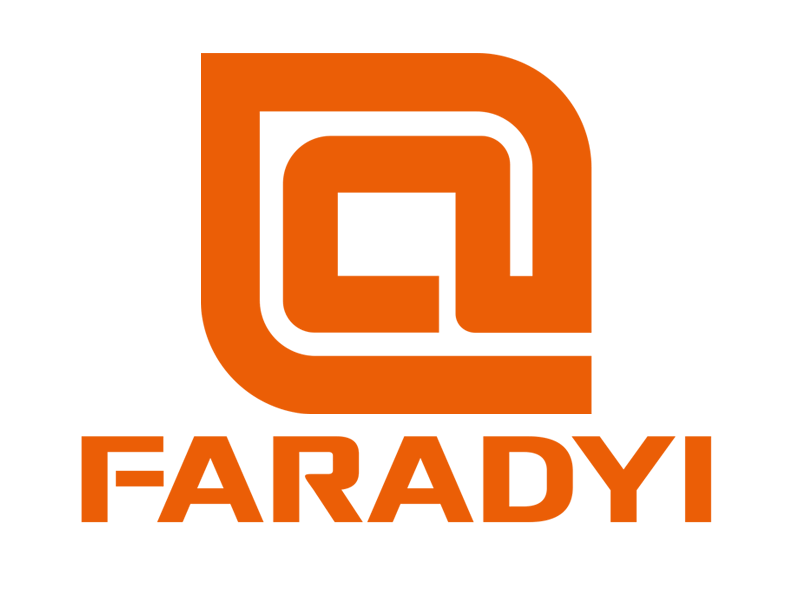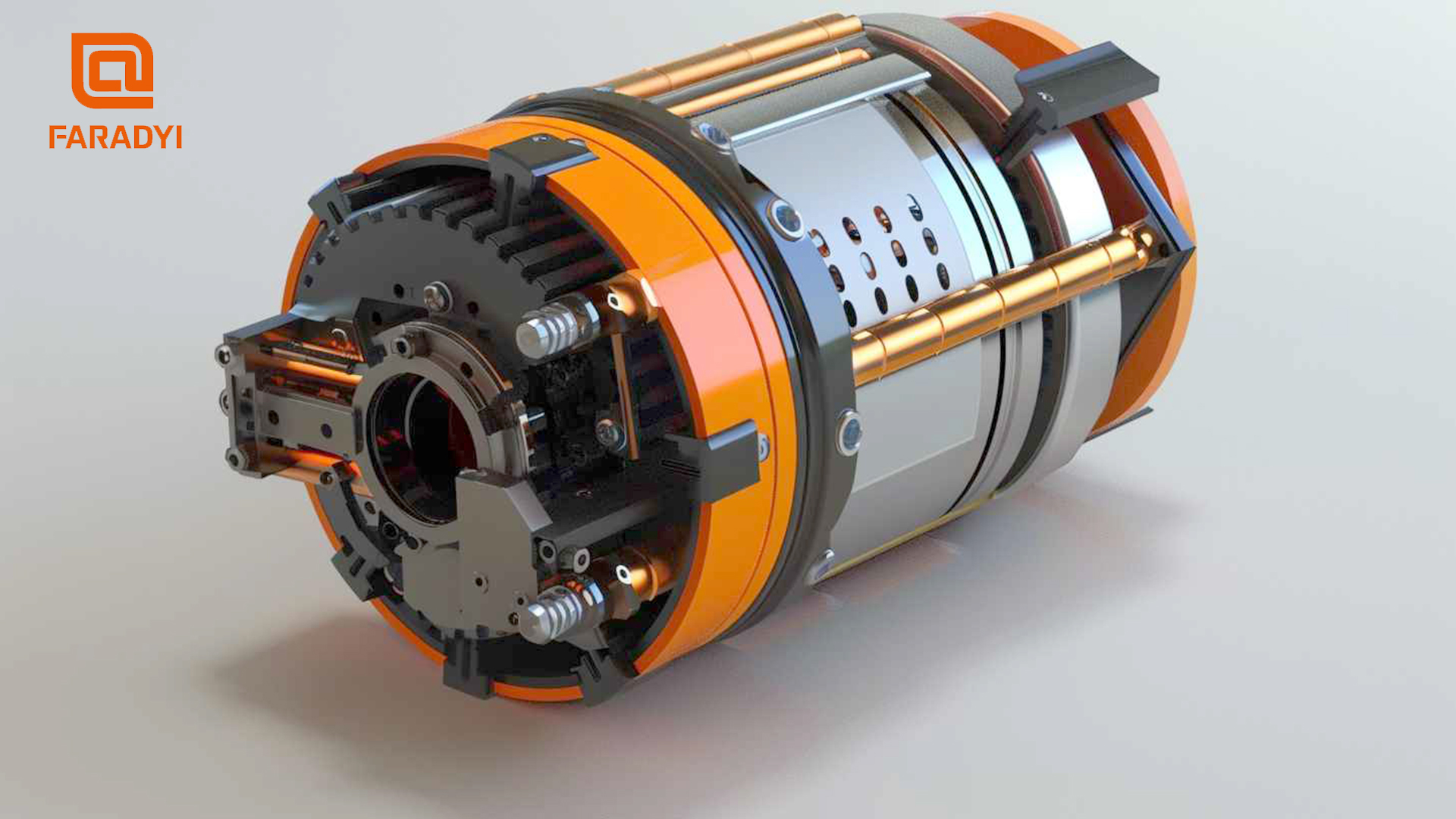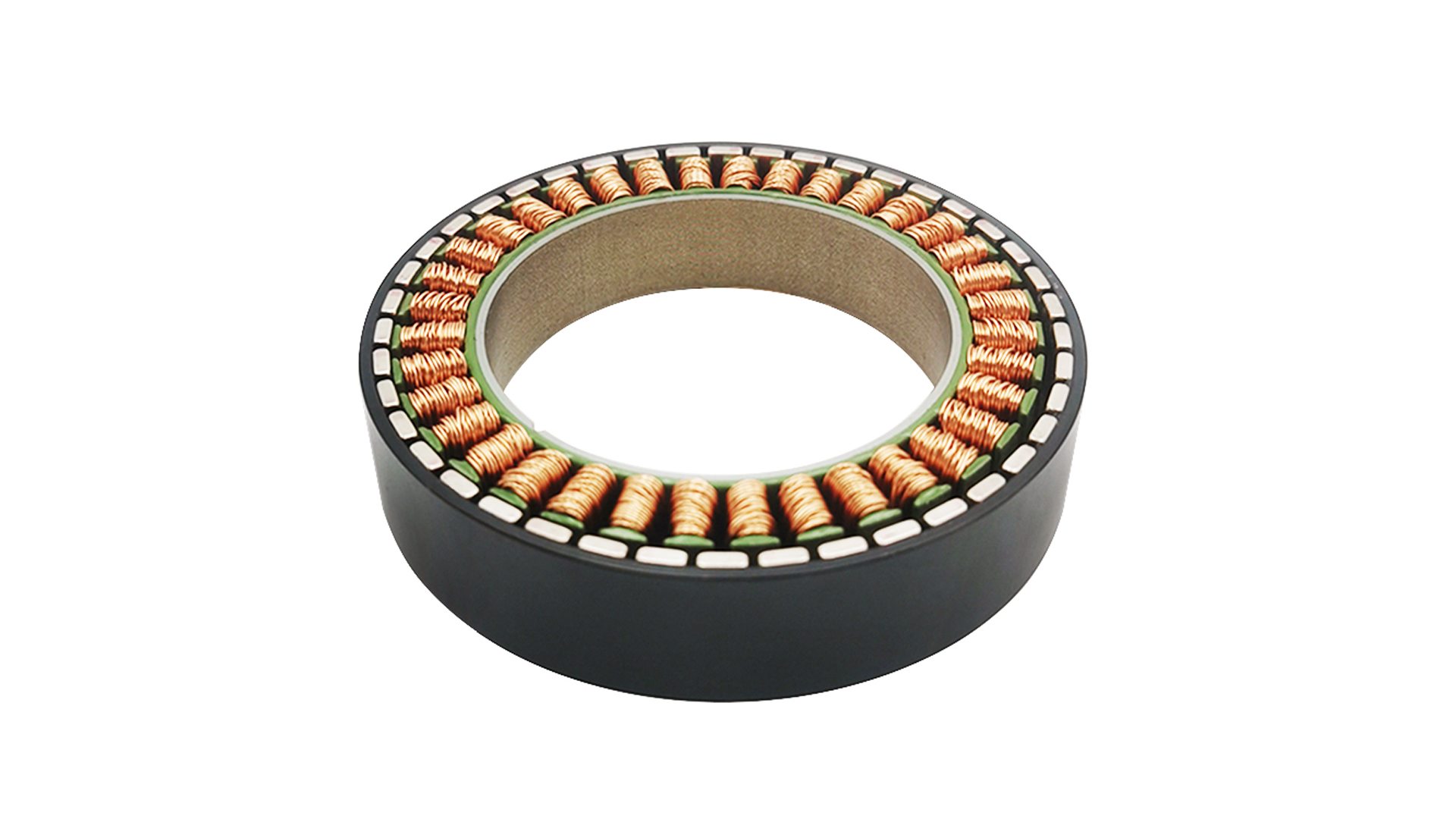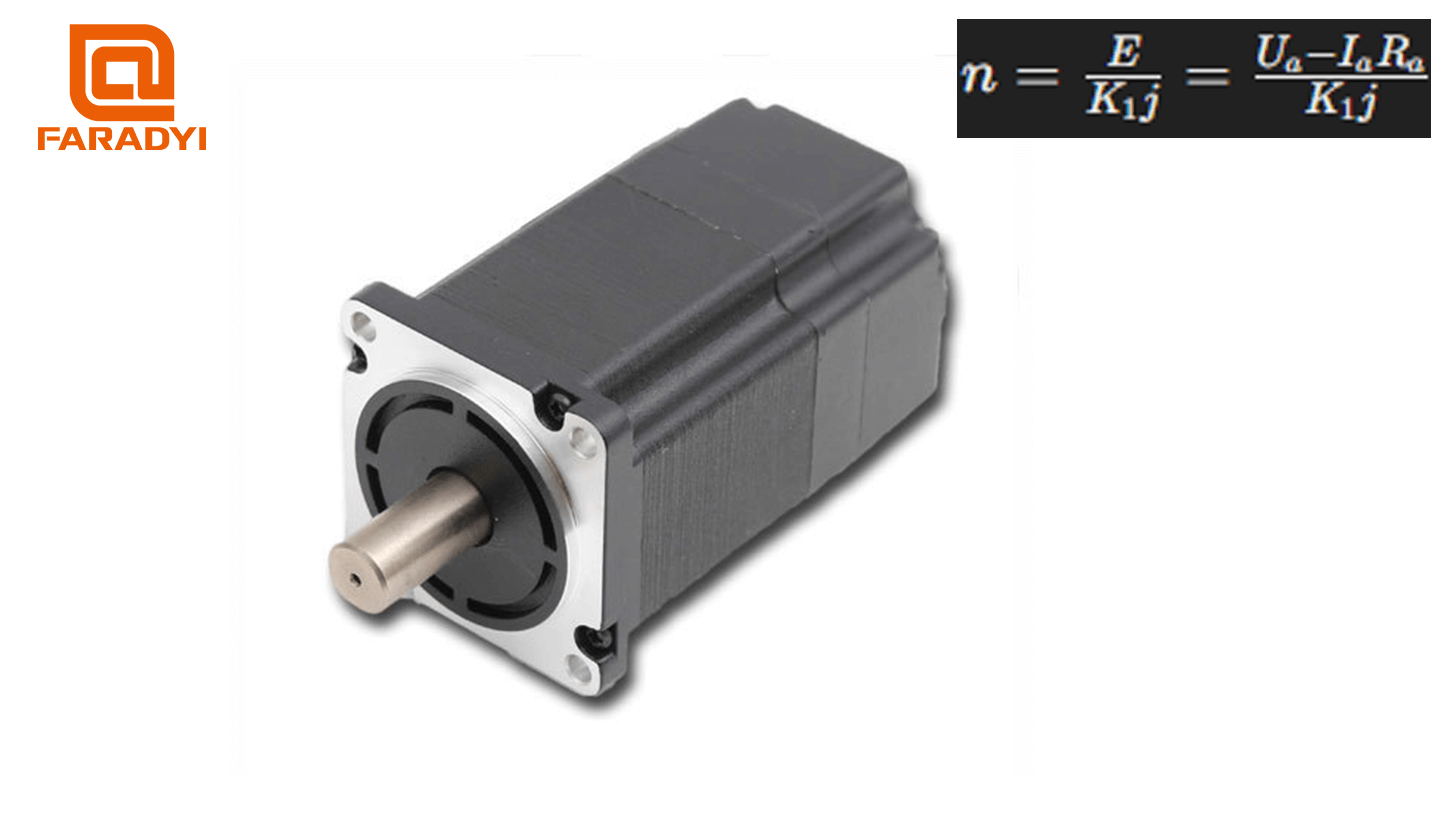
Analyse und Lösungen für Vibrationen und Geräusche im langsamen Betrieb von Schrittmotoren
Bei Schrittmotoren kann es bei niedriger Drehzahl zu Ruckeln und Geräuschen kommen. Lösungen sind die Verwendung von Subdivision-Treibern, die Anpassung der Installationsumgebung, die Änderung des Schrittwinkels oder die Verwendung von Servomotoren.









